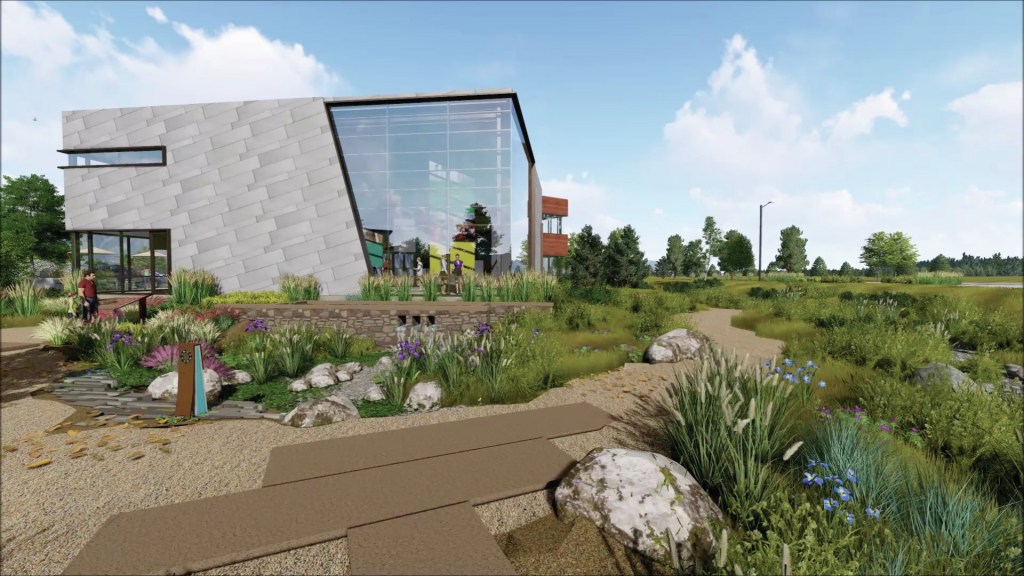At a Glance
Community: Sterling Ranch
Developer: Sterling Ranch Development Co.
Location: Douglas County, Colorado
Vital Stats: 2,400 single-family homes and villas across 1,600 acres, including 900 acres of open space
Price range: $200,000 to $900,000
Notable Campaign: Partnership with Denver Botanical Garden to create Colorado’s first rainwater harvesting community
When it comes to today’s master planned communities, the one thing you’re not going to get away from is nature. Not looking for miles of hiking and mountain bike trails, preserved open space, woods, meadows, and parkland? Go buy a high-rise condo. For the MPC set, New Ruralism defines the day, and developers are keen to maximize density and streetscape design in order to minimize both the visual and environmental impact on nature, all while offering residents front-door access to the great outdoors.
Case in point is Sterling Ranch in Douglas County, Colo., where builders including Lennar, David Weekley Homes, and Richmond American Homes will participate in the 20-year roll-out of 12,000 homes across 3,400 acres. If 30 miles of trails wasn’t enough to help Sterling own its marketing tagline for buyers to “live the nature of your surroundings,” connected trail access to two bordering state parks and three regional parks probably seals the deal.
“There are 1.6 million visitors to those state parks every year, so it’s a huge part of our placemaking strategy, and as a result we spend a lot of money developing marketing toward outdoor activities,” says Sterling chief technology officer Brock Smethills. “The trails are even more important than the rec center to amenitize the community.”
Likewise, at The Pinehills in Plymouth, Mass., the construction of 3,000 homes and requisite common areas is relegated to just 30% of the 3,714-acre master planed community, providing every home with a view of open space. “That takes some extra care in grading and house form, and we’ve adjusted the roads from a 60-foot curb to curb pave to 20-foot-wide streets,” says Pinehills managing partner Tony Green. “But it allows homes to feel like they are nestled into the landscape, and we’ve even marketed it with the tagline, ‘If I were a road, I would bend.’”
As part of the move to greater density, many MPCs have co-located all builder model homes, providing shoppers with a centralized spot for home selection. “We want our builders to model together and inform people about the community, not make a hard sale around price points,” says Smethills. “Those conversations should highlight the diversity of housing available and the placemaking: here’s where you can pick up a parks pass, here is where you can sign up for your cooking class.”
San Diego–based Newland Communities takes outdoorsy placemaking to a full immersion experience, offering shoppers at its Chapel Hill, N.C.–based Briar Chapel development a “Resident for the Day” program that gives them full access to the 1,600-acre community and a mountain bike to ride a trail system designed by the Triangle Off Road Cycling (TORC) club. “We have a 30% conversion rate from that program,” says Newland marketing manager Tabitha Spencer. “That’s proof positive that as wonderful as digital marketing is, you still need human connectivity and a sense of place.”



